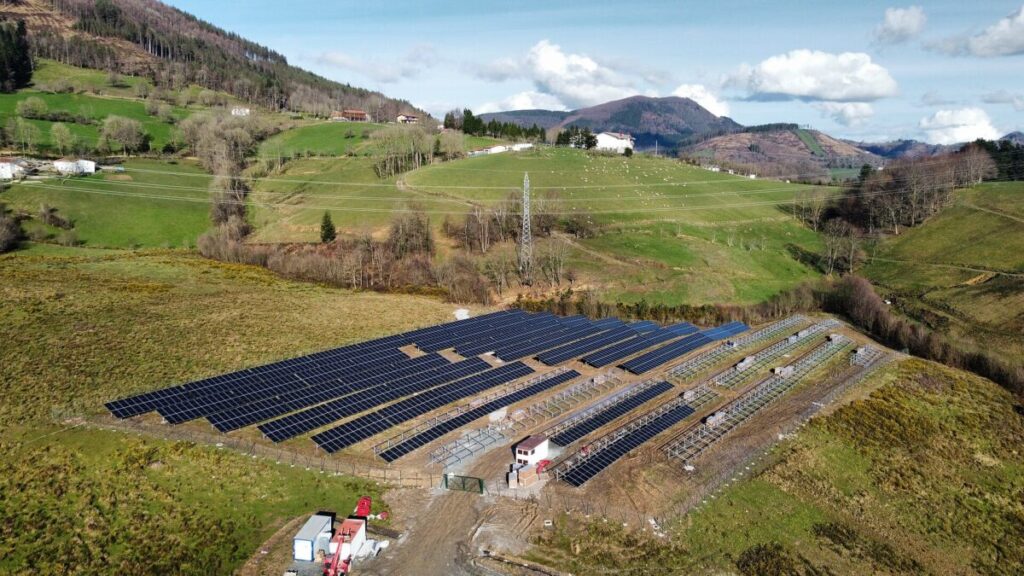Indian scientists have developed six different strategies to re -configure solar modules in broken PV assets. Their analysis showed the conditions of making the reconfiguration of an insufficiently performing tanning factory profitable.
Researchers at the Indian Institute of Technology Bombay have analyzed the techno-economic viability of improving photovoltaic (PV) plants with broken modules by configuring them again.
The team modeled a PV factory on Nuts scale in Python and investigated various reconfiguration strategies and relegation modes, in which the economic viability of the project is analyzed for India and the United States.
“According to various likely scenarios, reconfiguration could be the only option that remains to the operators of the power plant to improve energy production with existing modules,” the group said. “In this article, reconfiguration is defined as changing the electrical positions of the PV modules connected to one string monitoring compartment (SMB) to improve the performance of the entire PV array. The same process can be repeated in the other blocks connected to other SMBs to get performance effect.”
The simulated Utility-Scale factory was based on 315 W modules, connected to 30 of them in a string, which resulted in a total capacity of 9.45 kW. Another 10 panels were connected parallel to the SMB and reached a capacity of 94.5 kW, while 10 SMEs were connected to a central inverter for a total capacity of 945 kW. The factory on Nuts scale had 30 of these inverters, which resulted in a plant capacity of 28.35 MW.
Different relegation
Initially, two breakdown modes were investigated. The first was the reduction in shunt resistance (RSH), usually caused by potential induced breakdown (PID) in hot and humid climates. The second was the increase in the series resistance (RS), usually due to corrosion, interconnect breakdown or problems with soldering bonds. In both cases, the team tried to configure the systems again by grouping similar modules in new strings. However, this only resulted in improvement in the first case (2.72%), while performance deteriorated in the second case (-0.64%).
After this experiment, that team only concentrated on cases of non-uniform reduction of the current, such as those with RSH breakdown in PID, because reconfiguration turned out to have potential in those cases. Six different strategies – C1, C2, C3, C4, C5 and C6 – were set out for the proposed scenarios, with different cost tax. In general, C6 requires a reconfiguration of 10%of modules, C5 20%, C4 40%, C1 50%, C2 80%and C3 90%.
The group explained that strategy C1 required that the top 15 modules of each string are chosen and new strings are made, while C2 divides each string into five sets of six modules and these sets calibrates in falling order of the average filling factor (FF) for all sets that are generated from all 10 strings. In addition, C3 divides the string into 10 sets of 3 modules each and orders these sets in decreasing order of the average FF for all sets generated from all 10 strikes. Furthermore, C4, C5 and C6 have different values of modules and the required associated moduleswaps. “
Result
The analysis showed that the C6 strategy helped to win 0.3212%, while C5 and C4 achieved 0.9899%and 2,4053%respectively. C1 appeared to be won 2.713%, with C2 and C3 that achieved 3.65% and 3.7923% respectively. From an economic point of view, those strategies that require a different percentage of panel change were more viable when the module costs are lower.
“If 100% of the modules in a 30 x 10 array were to change position, this would need 150 swaps and with 10 people it could be completed one day,” the academics said. “Assuming the labor costs for India are $ 0.74/h and for the United States is $ 7.25/h and 8 working hours per day, the labor costs per module in India are $ 0.198/module and for the United States it is $ 1.93/module. Thus 100 people can be the entire.” “”
Based on these findings, the team concluded that Herconfiguration can be economically useful when a few crucial conditions are met, such as a small sample of IV level, low labor costs and short payback time. Herconfiguration would also be viable if cell cracks or permanent pollution are present as a result of cementation, the group concluded.
The work was presented in “Viability of performance improvement of broken photovoltaic plants through the reconfiguration of PV modules“Published in Solar energy.
This content is protected by copyright and may not be reused. If you want to work with us and reuse part of our content, please contact: editors@pv-magazine.com.

